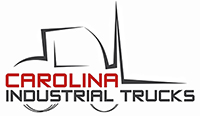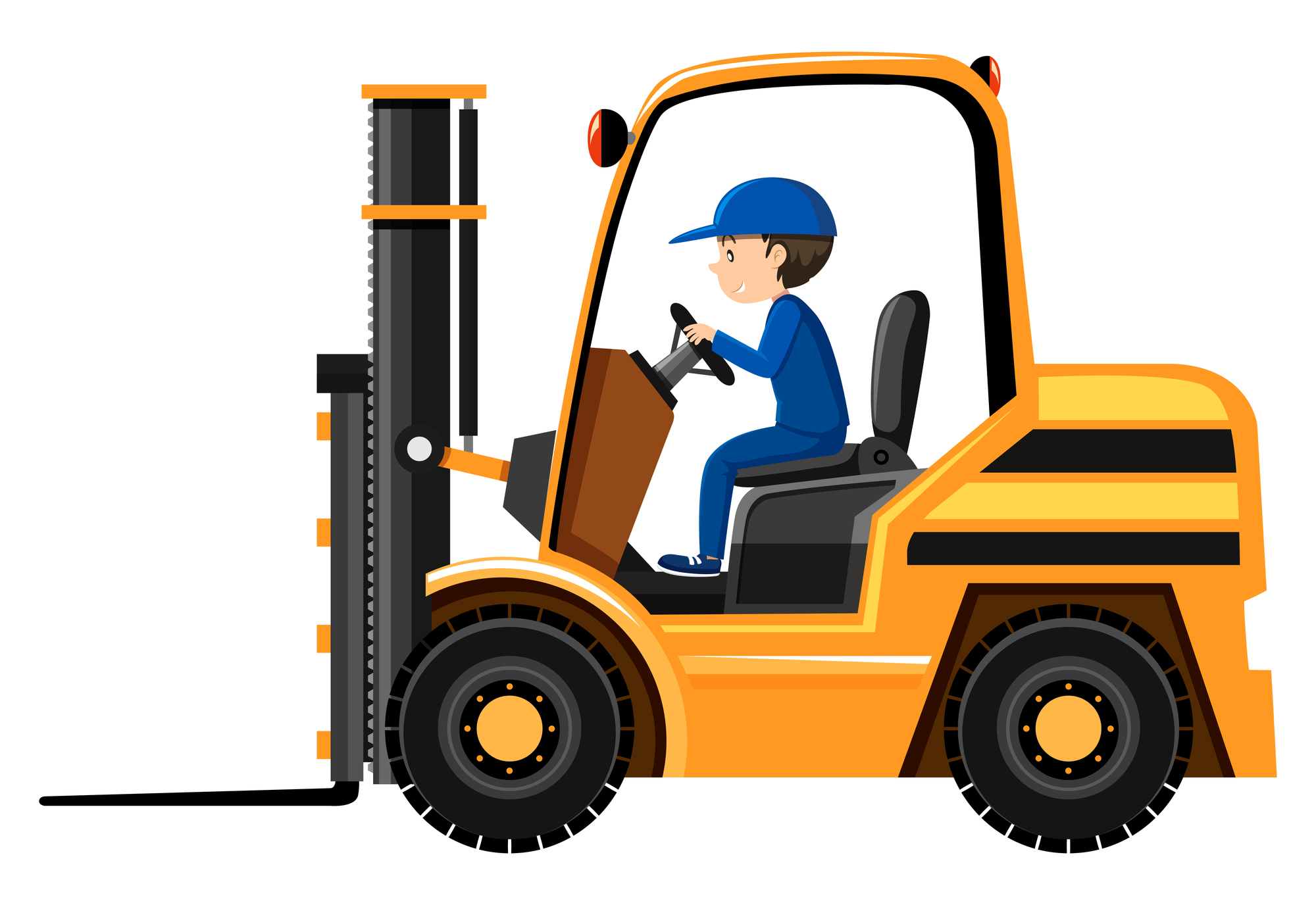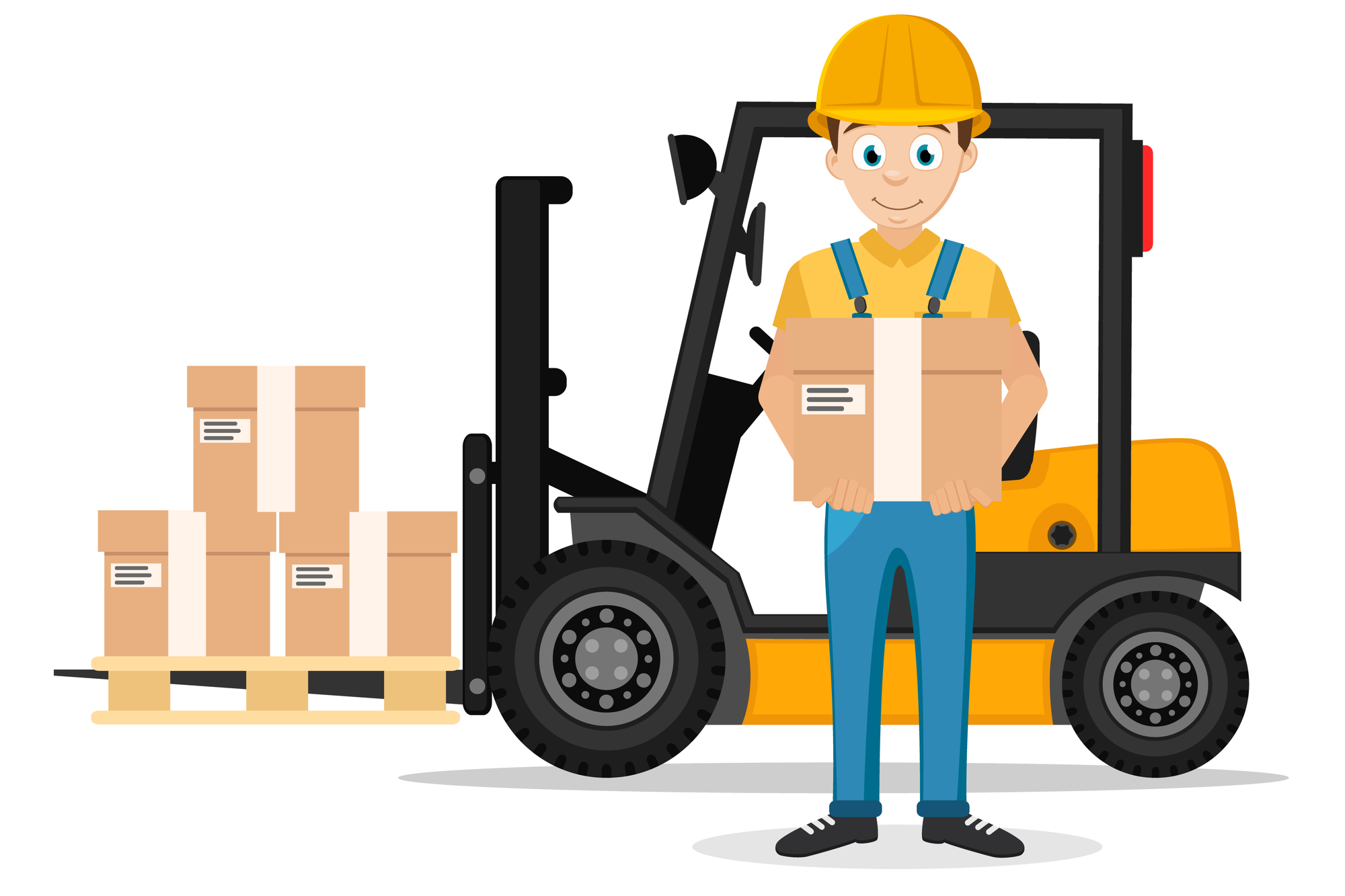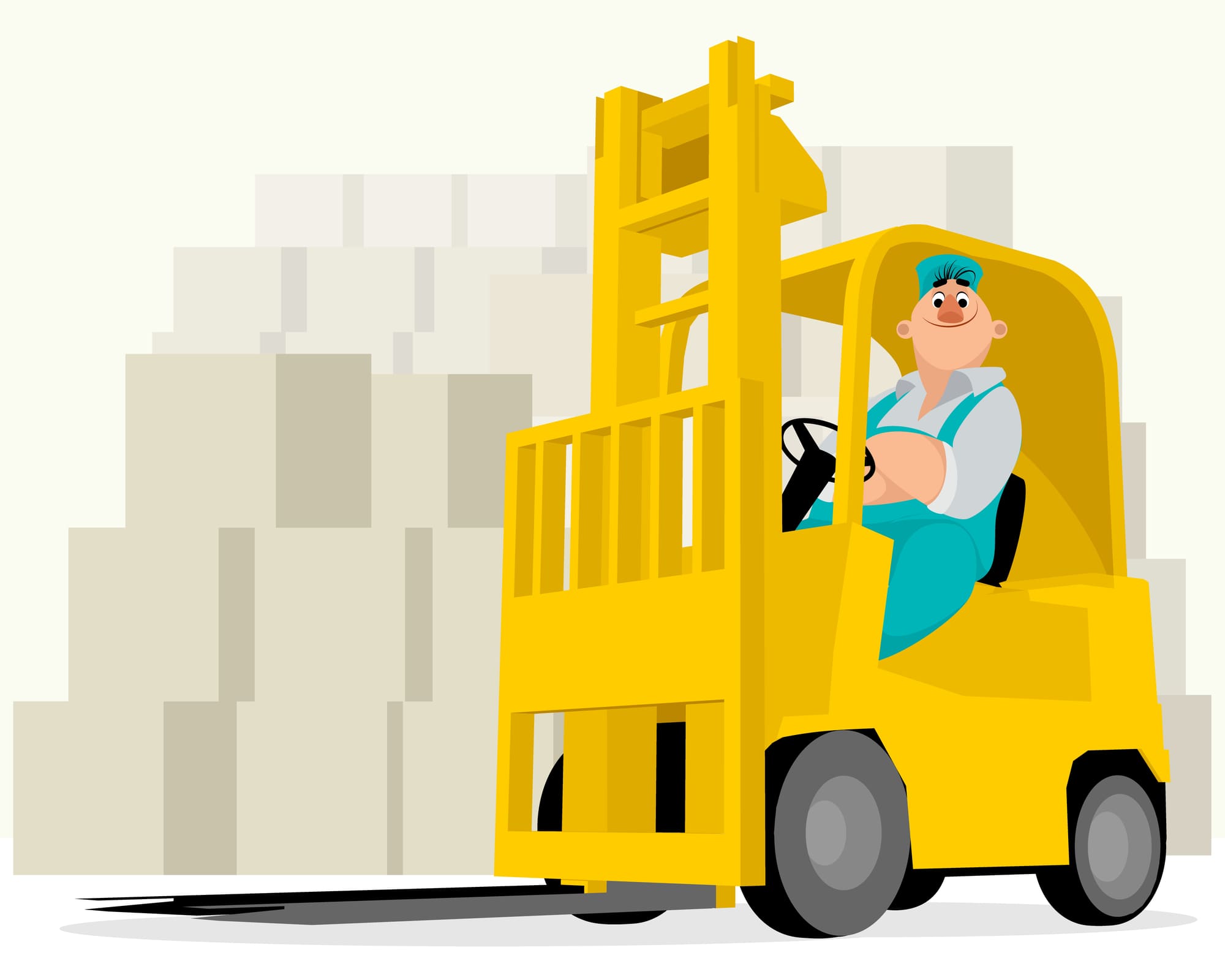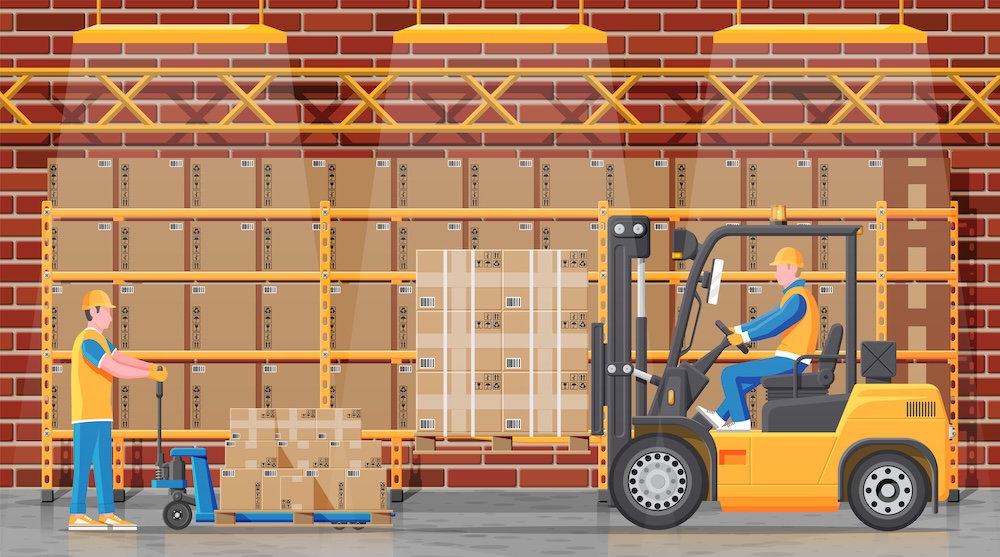Forklift Operating Rules for Safe Load Handling
04/29/2019
CITrucks
Did you know that the average forklift weighs three times as much as a normal car? Given their weight alone, it is easy to realize how much damage they can do during an accident.
Add in the additional weight of the load forklift's carry (and that those loads can be unstable!) and it can easily be a recipe for disaster if the operator does not follow proper forklift operating rules.
Read on to find out what rules every forklift operator should be following.
Important Forklift Operating Rules
Forklift operators need to be over 18 and their employer needs to have a document providing proof the operator has gone through the proper training.
While operating a forklift, there are many things to do and keep in mind to ensure your safety, the safety of others and to keep the materials being transported in good condition.
Check Forklift Before Loading
Before operating a forklift, perform your pre-shift forklift inspection. Pre-shift inspection requirements are completely set out by OSHA.
The purpose of the inspection is to make sure the forklift is in proper working order and is safe to use.
Pre-shift inspections cover everything from checking the condition of the tires, battery, fluid levels, forks, seat belt, and all safety devices.
After starting the engine, more inspections need to be performed. Check all steering and driving-related mechanisms, and loading mechanisms including lifting and tilting. Confirm that all gauges, mirrors, horn, and everything in the cab are working.
Loading and Unloading
When loading and unloading materials onto a forklift, follow these rules for safe forklift operation:
- Confirm the materials to be loaded aren't damaged or have loose packaging
- Do not exceed the truck's rated loading capacity
- Check to make sure there is adequate overhead clearance prior to lifting the forks up to pick up or drop off a load
- Place forks as far under the load as possible
- Be sure to carefully tilt the load forward only when picking up or setting down a load
- Make sure load is stable and safely arranged near the forklift load center
- Tilt load backward (only enough to stabilize the load) before moving
- If needed, use a backrest extension to keep the load from falling backward
Movement and Speed
Productivity is important for any business, but it has to be achieved in a safe manner. There is no sense in pushing forward in a way that eventually sets you back because of an accident, or a load being damaged, or another unnecessary occurrence that hinders work production.
To balance productivity with safety, follow these forklift rules:
- Buckle your seatbelt and make sure it is adjusted properly to fit you snugly
- Do not exceed the speed limit imposed in building/plant/work area
- At all times, adjust speed to account for conditions to ensure you can stop in a safe manner
- Raise the load only high enough to clear the ground/road surface
- Do not drive up to anyone standing in front of a fixed object, such as a wall or bench (which doesn't allow a way for them to escape getting caught between it and your forklift)
- Keep your arms and legs inside the truck at all times
- Do not place your hands around the upright between the truck and the mast.
- Use the horn when approaching cross-aisles or any location where visibility is hindered
- Keep a distance of three truck lenght in between moving trucks
- If carrying an off-center load, drive at a reduced speed
- Drive at a reduced speed when crossing wet, greasy or slippery floors
- Reduce speed when going up or down a hill/grade
Visibility
While operating a forklift, be sure to follow these forklift safety rules to keep from colliding with other people and things as well as to keep the forklift stable:
- Keep an eye out for pedestrians
- Remember that visibility is lessened at cross-aisles
- Stay a safe distance from ramps (to keep the truck/load from tipping)
- Stay a safe distance from the edge of raised platforms (to keep from falling off)
- Continue to check for proper clearance to avoid running into any overhead objects (HVAC, pipes, sprinklers, lighting)
- If the load blocks your view ahead, drive with the load in the rear
- Use auxiliary lighting on the truck when general lighting is inadequate
Keep Others Safe
Forklifts and the loads they carry can injure other people. To keep everyone safe, follow these rules:
- Don't let anyone walk in or under the forks, even if no load is being carried
- Adjust to add more space between your forklift and others, if you are carrying a load you believe may have become unstable
- Do not allow anyone to ride in or on the truck unless the truck is equipped with a safe place for passengers
Leave Unattended Trucks in a Safe Condition
To keep others from authorized use of your forklift or from getting hurt by any load remaining on your truck, do the following prior to exiting the vehicle:
- Don't leave your forklift parked in a spot that blocks a fire exit or blocks the right-of-way for emergency vehicles
- Lower forks to the lowest position (whether you are carrying a load or not)
- Set movement controls to neutral
- Set parking brake
- Turn engine off
- Take keys with you
- Put wheel blocks against wheels when the forklift is parked on a grade
Use These Forklift Safety Rules Today (and Every Day)
Whether you have one "quick" load to move or if you are in for a full day of hauling, no job is too big or too small to ignore proper forklift operating rules.
There is never a time for "monkeying around" when it comes to operating a forklift. Forklifts deserve your care and respect during each use.
If you have any more questions in regard to safe forklift usage, please check out our blog today.

